The arboricultural industry is an inherently high-risk profession – powerful equipment, working at heights, and unpredictable climbing conditions, all of which can all lead to injury or, in the worst case, a fatality. Despite the ever-growing dangers involved, there have been few legal initiatives to standardise and record work practices for those working in the arboricultural industry. However, a new set of industry standards have been drawn up to help inform professionals of the best practices and safe working conditions.
Setting the standard
Joe Harris, an internationally recognised trainer and tree worker, is among a group of experts who have come together with the national peak industry body to share their knowledge and create a set of handbooks that outline new standards called the Minimum Industry Standards (MIS).
“The Minimum Industry Standards are a series of publications that describe and clarify industry consensus on safe and current skills, techniques and equipment used in arboriculture and vegetation management,” Mr Harris said.
“Each MIS book was developed by Arboriculture Australia in close partnership with the different state and territory arboricultural industry groups, and with the help of the leading technical experts on each subject from Australia and around the world.
“The Minimum Industry Standards are the most up-to-date compendium of arboriculture industry consensus on safe work practices that are available in Australia. By working with practitioners and technical experts from all around the country, we have been able to create a ‘body of knowledge’ that is shared by the top professionals in our industry.”
Mr Harris said the handbooks are a great opportunity to create a unified set of guidelines and practices as well as setting a standard for universal terminology for professionals.
“If it’s safe, efficient and up-to-date… we wrote it down in the books. It’s also been an opportunity to address a lot of grey areas, for example with PPE [personal protective equipment] standards or terminology, that have been used inconsistently by different cohorts within industry,” Mr Harris said.
Aim of the MIS books
Mr Harris said that the aim of the Minimum Industry Standards was to create a reference point that can be shared between industry professionals across Australia. This assists in a number of different ways such as helping to standardise and improve training; provide a framework for businesses to develop their own Safe Work Method Statements (SWMS) and Standard Operating Procedures (SOP); and represent an industry consensus on safe practices when practitioners need to describe the ways they conduct tasks or use equipment to authorities like WorkSafe.
“The aim is to provide easy-to-read books which can be used by practitioners, trainers, managers and other authorities as a clear statement of the industry consensus on safe practices,” Mr Harris said.
Industry leading equipment for safe practices
Comprehensive training is just part of the package to ensure safe industry standards for arboricultural professionals. Quality equipment is essential to keep risks minimised and help organisations to be more efficient, productive and profitable.
As leaders in tree care and arboriculture equipment and machinery, Vermeer has been supporting the creation of the MIS handbooks, making the valuable resources available for purchase at Vermeer parts counters in Brisbane, Melbourne, Sydney and Adelaide, as well as offering postage across Australia.
In addition to the handbooks, Vermeer’s parts counters stock all the latest arbor climbing equipment, including harnesses, ropes, accessories and protective wear. Most Vermeer dealerships also feature a specialised zone where customers can try out the latest devices and harnesses before purchasing, ensuring quality equipment that is backed by Australia-wide servicing and availability of parts.
***

 MyDealer:
MyDealer:


